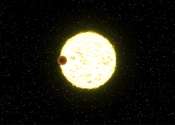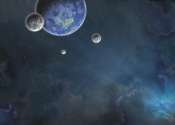New ultra-hot Jupiter exoplanet discovered
An international team of astronomers has detected a new ultra-hot Jupiter extrasolar planet using NASA's Transiting Exoplanet Survey Satellite (TESS). The newfound alien world is nearly two times larger than Jupiter and has ...









